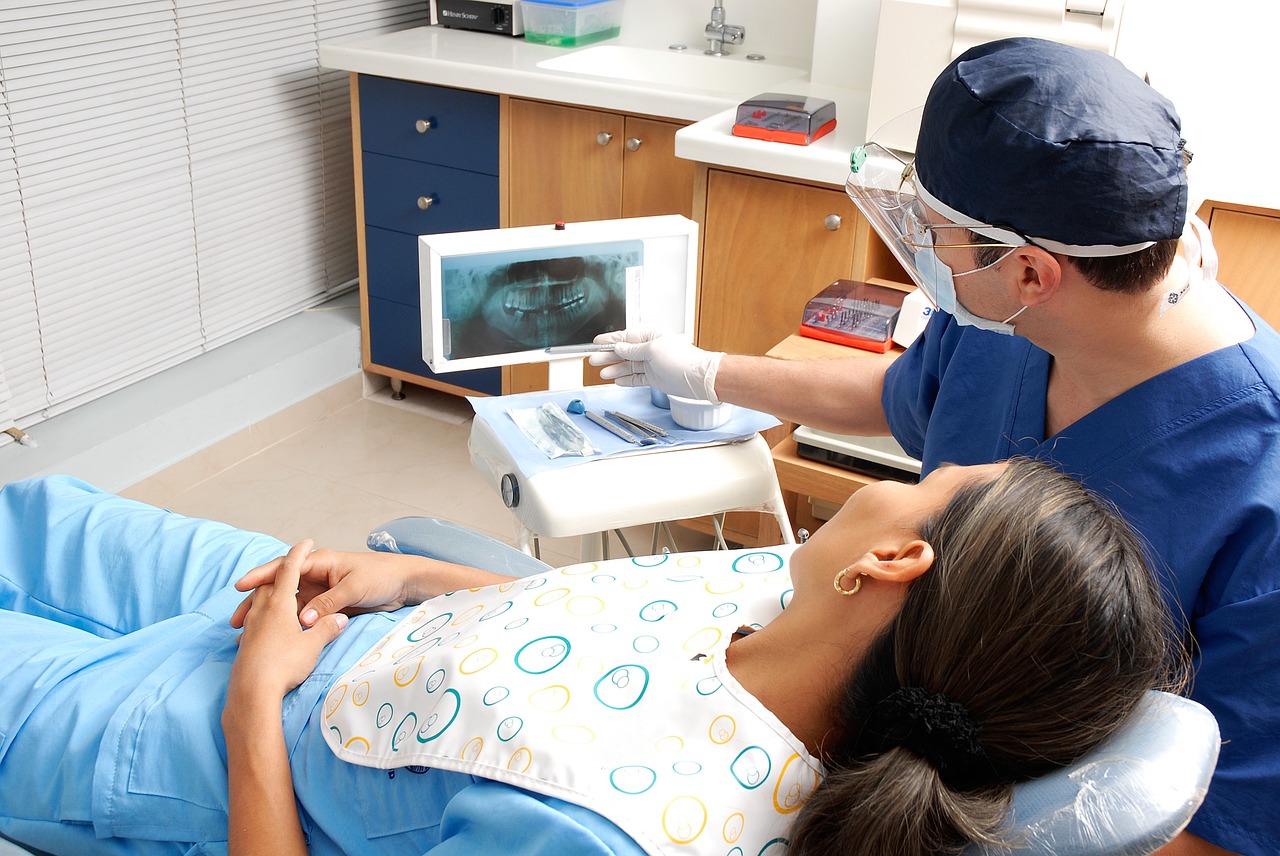The first to notice you have bruxism will probably be your partner. Bruxism is a disorder which manifests itself during the night-time hours through a continuous noisy and involuntary grinding of the teeth against each other. However in some cases even during the day the person may involuntarily tighten their jaw.
“Bruxism is a very complex disease”, says Stefano Rizzi, Head of Oral Surgery and Implantology at Humanitas. There are multiple causes and it requires the intervention of specialists. Dentists, gnathologist and posturologist are required to frame the problem. It can be caused or be the cause of problems related to the skeletal chain-articulate or sometimes a lash out for psychological reasons.”
Headaches may be a symptom of bruxism
Recurring migraines or stinging at the trigeminal nerve (the same pulsing sensation linked to brain freeze), may be a symptom of bruxism. “Another possible cause – the doctor continues – is being nervous or tense. Furthermore, bruxism occurs in people affected by dermatoses, spastic colitis or stress. In many cases the headaches begin suddenly”.
How can you know that you suffer of bruxism?
If the partner does not notice the condition, a dentist will become aware of the disorder. “With periodic checks, traces of abrasion of the teeth can be quickly identified”, says Dr. Rizzi. Especially in younger people, the wear of the surface of the teeth is a sign of bruxism. The therapeutic intervention calls into action several specialists in search of the cause. In such cases we examine the condition of the temporomandibular joint, deviations, transfers, laterality and pathologically atypical movements”.
How does a dentist intervene?
“The first remedy for bruxism is the use of a bite, or mouth guard. A tool made of rubber or resin, which the patient holds in his mouth at night to prevent rubbing of the teeth”, explains the specialist. “It is custom made for each patient. In some cases, when bruxism is mild or temporary, it can be resolved. In other cases, when the damage to the dentition is more advanced, the intervention of a dentist to restore the jaw to the correct anatomical position may be necessary”.
-
3,400 Physicians
-
110,400 Annual surgeries
-
190,400 Annual Inpatient Admissions
-
928,000 Patients



